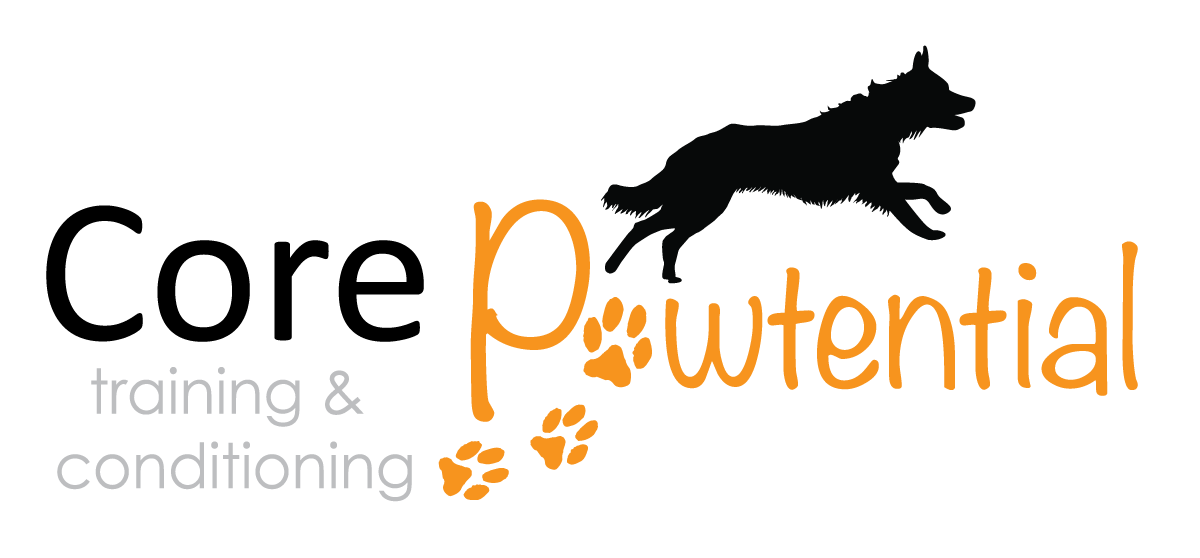Don’t just set any goals, set SMART goals!
When it comes to canine fitness, setting a solid fitness goal can help you and your furry companion progress towards success. Although we can set any old fitness goals, such as “I want my dog to lose 10lbs,” “I want my dog to be stronger,” or “I want my dog to be better at XX sport,” we can be smart when setting up fitness goals. The secret is to set a SMART goal!
SMART stands for Specific, Measurable, Achievable, Relevant, and Timely.
Specific
Be specific about the goal you want to achieve.
Instead of something that is difficult to measure, "I want to improve my dog's fitness."
A specific goal can be, "I want my dog to be able to run 5k with me twice a week without slowing down."
Measurable:
Define a goal that you can measure and keep track of.
Instead of saying, "I want my dog to be stronger."
Try, "I want my dog to be able to stand with good posture for 15 seconds."
Achievable:
Set a goal that can be achieved realistically.
Instead of over-estimating our time, "I will exercise with my dog 30 minutes every day."
Aim for something realistic, "I will do two exercises with my dog every other day for 10-15 minutes."
Relevant:
Determine a relevant goal that is meaningful and will have a positive impact on your dog's well-being.
Instead of going with popular opinion, "I will teach my dog XX exercise because it is a popular exercise on social media."
Try considering what is relevant for your dog, "I will teach my dog cavaletti exercise to improve their body awareness."
Timely:
Designate a timeframe for achieving your goal to help you stay on track.
Instead of having no end in sight, "From now on, I will work out with my dog regularly."
Try setting a timeframe so you re-evaluate the goal, "I will workout with my dog 3 times a week for a month."
Because SMART goals take into account you and your dog's needs and desires, they are likely to be different for every dog/handler team. This is also why setting SMART goals can help us stay motivated and committed as we work towards the fitness goals we set for our dogs. So, whether your goal is to help your dog shed a few pounds, increase their endurance, or improve their performance in a specific task or sport, be sure to set a SMART fitness goal!
If you’re still not sure where to start or are looking for advice, send us a message to see how we can help you set SMART goals for your dog, make a customized plan to achieve it, and give you some friendly nudges along the way!







